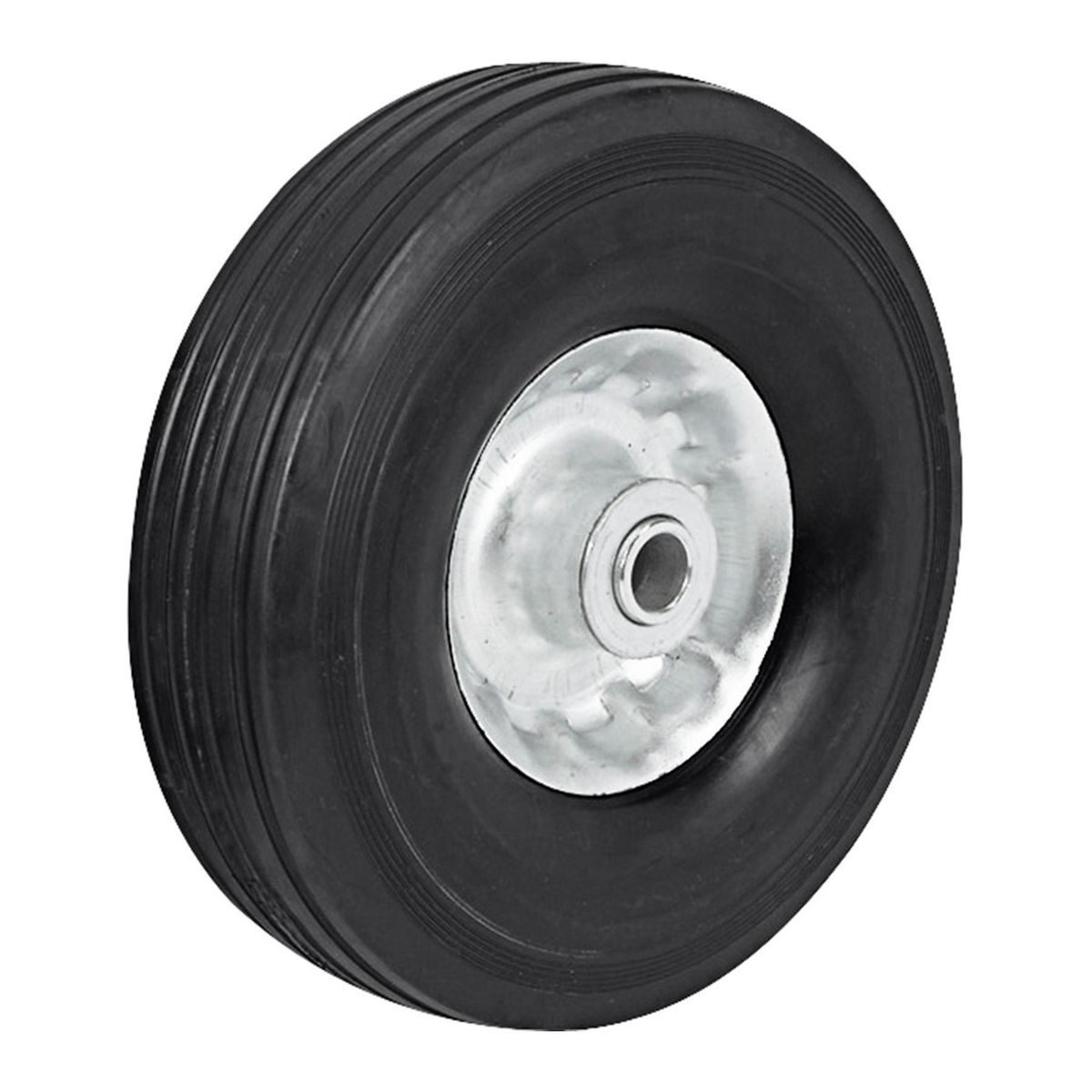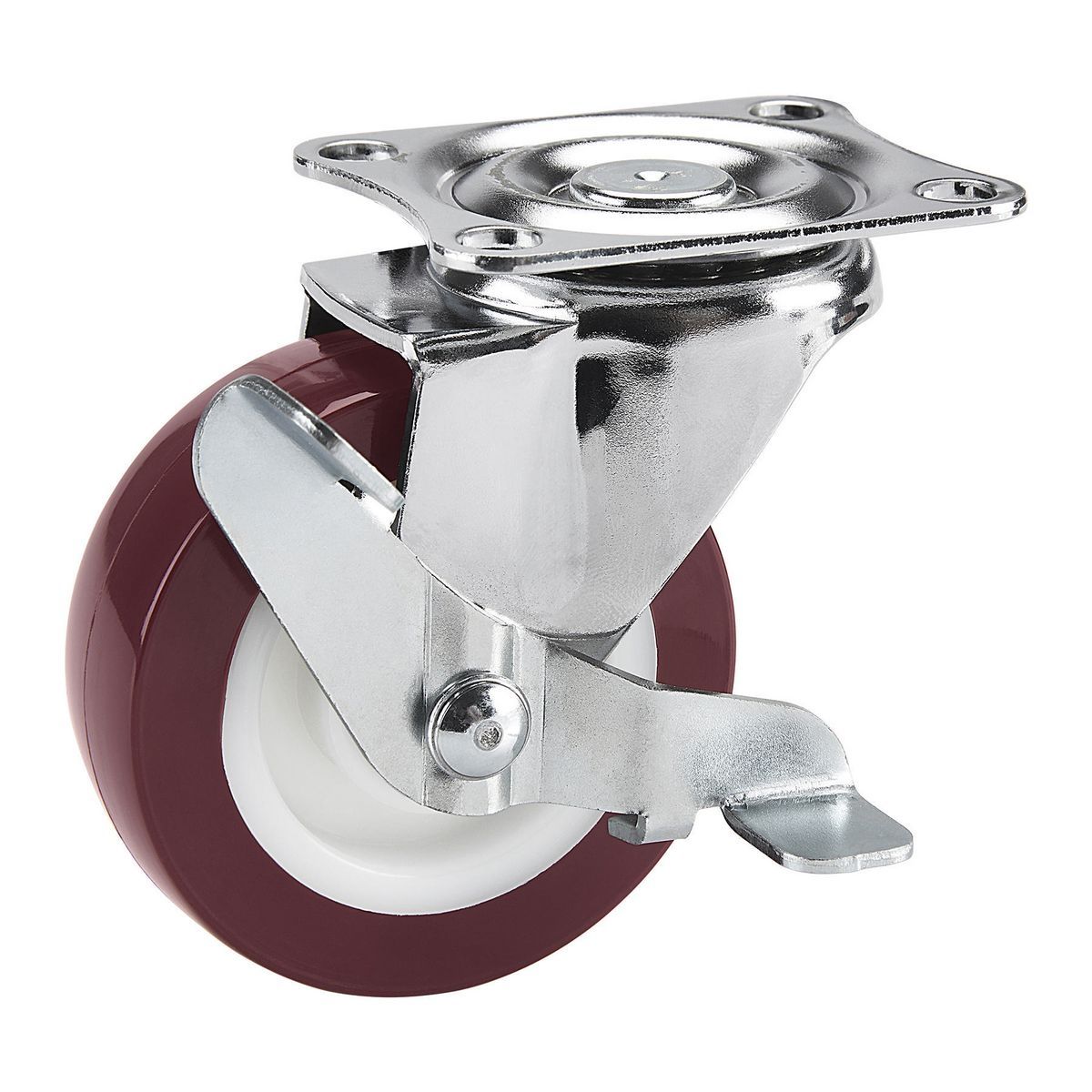How to Choose the Right Locking Caster Wheels Harbor Freight: Professional Buying Guide
When you need to equip your furniture, carts, or equipment with reliable wheels for easy mobility and stable positioning, Locking Caster Wheels Harbor Freight is an excellent choice. Here are some key factors to consider when selecting the perfect set for your needs:

3/4 inch axle bore wheels harbor freight
Size matters of Locking Caster Wheels Harbor Freight
The size of the caster wheels directly impacts their load – bearing capacity and maneuverability. For heavy – duty applications like industrial equipment or large storage carts, opt for larger wheels (usually 5 – 8 inches in diameter) as they can support more weight and roll more smoothly on uneven surfaces. In contrast, smaller wheels (3 – 4 inches) are suitable for lighter items such as office chairs or small tool carts where quick direction changes are needed.
When measuring for caster wheel size, consider the height of the object and the clearance required. For example, if you’re adding wheels to a low – profile workbench, ensure the wheel diameter doesn’t cause the bench to drag on the floor when loaded. Also, think about the terrain. If your facility has rough concrete floors or outdoor areas, larger wheels will handle bumps and cracks better than smaller ones.
Load capacity counts – Locking Caster Wheels Harbor Freight
Each caster wheel has a specific weight limit. Determine the total weight of the object you’ll be moving, including its contents, and select wheels with a combined load capacity that exceeds this weight. For instance, if you have a cart weighing 50 pounds empty and it will carry items totaling 150 pounds, choose wheels with a total load capacity of at least 250 – 300 pounds to ensure safety and longevity.
It’s crucial to understand that load capacity can vary based on wheel material and design. A set of heavy – duty steel casters might support several thousand pounds, while lightweight plastic casters may only handle a few hundred. Always check the manufacturer’s specifications and err on the side of caution. Overloading casters can lead to premature wear, wheel deformation, or even complete failure, potentially causing accidents.
Brake system is essential
A reliable brake system is crucial for maintaining stability when the wheel needs to remain stationary. Look for casters with a sturdy brake mechanism that can be easily engaged and disengaged. Test the brake by applying it and gently pushing the object to see if it holds firmly in place. This feature is particularly important for objects that could potentially cause harm or damage if they move unexpectedly, such as medical equipment or workshop tools.
There are different types of brake systems available. Some casters have a simple lever – operated brake that presses a shoe against the wheel, while others use a more complex locking mechanism. Consider the ease of use and accessibility of the brake. If the caster will be used in a busy environment, a brake that can be quickly activated with one hand is preferable. Also, check if the brake is designed to withstand frequent use and if replacement parts are readily available.
Wheel material makes a difference
The material of the harbor freight casters affects both durability and noise level. Polyurethane (PU) wheels offer a good balance of strength and quiet operation, making them ideal for office environments or areas where noise is a concern. Nylon wheels are more resistant to abrasion and chemicals, suitable for industrial settings with harsh conditions. Rubber wheels provide excellent shock absorption but may wear out faster under heavy loads.
Each material has its unique characteristics. PU wheels are known for their cushioning properties, which reduce vibration and protect floors from scratches. Nylon wheels can withstand exposure to oils, solvents, and other chemicals without degrading. Rubber wheels excel in absorbing impacts, making them suitable for uneven terrain. However, they may swell or deteriorate when in contact with certain substances. Consider the specific environmental factors your application will face when choosing wheel material.
Noise level consideration of Locking Caster Wheels Harbor Freight
If you’re installing these wheels in a quiet space like a library, hospital, or home office, prioritize low – noise options. Wheels with a cushioned design or made from materials like soft rubber or PU tend to produce less noise when rolling across different floor surfaces compared to hard plastic or metal wheels.
Noise levels can also be influenced by wheel construction. Precision – ball bearings in the caster can reduce friction and minimize the squeaking sounds that often occur with cheaper casters. Additionally, the condition of the floor plays a role. Smooth, well – maintained floors will generally result in quieter operation than rough or uneven surfaces. If noise is a critical factor, test different steel casters in your actual environment before making a final decision.
Price range varies
Locking Caster Wheels Harbor Freight come in various price ranges. Basic models with standard features and load capacities are affordable for general household or light commercial use. For specialized applications requiring heavy – duty construction, advanced materials, or higher load capacities, expect to pay more. Consider your budget while ensuring you don’t compromise on essential performance characteristics needed for your specific application.
When evaluating prices, compare not just the initial cost but also the long – term value. Higher – priced casters might have a longer lifespan and require fewer replacements, saving you money over time. Look for sales, discounts, or bulk – purchasing options if you need multiple sets. Also, consider the reputation of the manufacturer and seller. Well – known brands with good customer reviews may justify a slightly higher price due to their reliability and customer service.
By carefully evaluating these factors, you can select Locking Caster Wheels Harbor Freight that perfectly match your requirements, ensuring smooth operation, reliable performance, and long – term satisfaction in your particular usage scenario.





